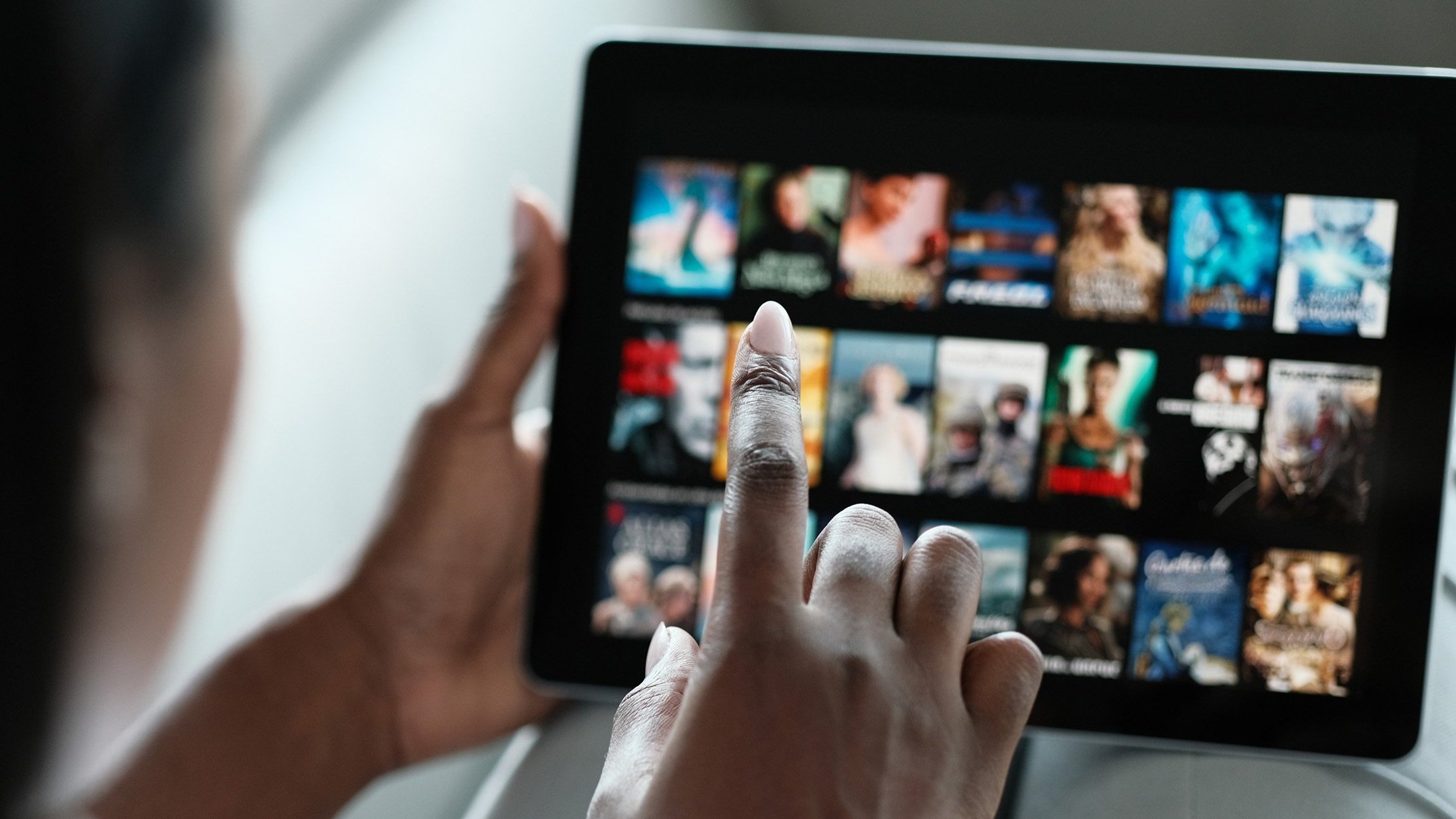Social Media is Transitioning from "Social" to "Media"
What distinguishes social media from entertainment, and where do the most popular platforms stand in this debate?
Because the information we view in each app is increasingly dictated by algorithms, it's more about pure enjoyment than keeping up with your friends.
And with the substantial transition to video, it's less about the social network and the connections we make and more about the entertainment you're producing.
Does this mean you should change your perspective on what you create and publish? If that's the case, how should you approach your overall digital marketing strategy now?
Entertainment
TikTok has surpassed Netflix in popularity among users under the age of 35, according to a new survey by Omida. While users spend less time per video on the platform than they did on Facebook in 2021, it is expected to overtake Facebook this year as the social network where people view the most videos.
In the United States, the platform currently has over 80 million monthly users, with 80% of them between the ages of 16 and 34. And the network's rise in both video views and users is driving marketers to prioritize the channel as part of their social media plans.
In fact, TikTok is impacting other industries, especially as media and entertainment groups attempt to replicate its format and aesthetic.
However, it is unclear whether TikTok is a social media site, an entertainment platform, or both. In any case, TikTok positions itself as an entertainment platform. Blake Chandlee, president of TikTok's worldwide business solutions, clarified this by stating:
"They’ve built their algorithms based on the social graph." That is their core competency. We’re an entertainment platform. "The difference is significant."
This is because TikTok showcases the best content from all users instead of pressuring you to create your own social graph. And therefore, as your feed is not limited to updates from a select few profiles, TikTok is able to optimize user engagement.
It also gives creators additional opportunities for exposure because their content has the potential to be viewed by many more people than just members of their own audience.
TikTok's recommendation engine
TikTok's business strategy differs from other social media platforms; it more closely resembles that of a news organization that distributes material. And because of TikTok's success, other sites are striving to replicate it. Instagram has reels, and Snapchat's Spotlight is a take on full-screen, vertical-scrolling video that prioritizes engagement over who you know.
Some TikTok features are even being integrated into entertainment platforms. For example, the NBA's app now includes "For You" recommendations as well as vertical video.
However, TikTok's algorithm also provides a unique differentiator and edge. On the site, a huge number of users are looking for and producing high-quality video. It’s the never-ending cycle of recommended content that makes you scroll, and as a result of this strategy, TikTok is perceived more as a social networking site than a traditional entertainment platform.
Users get the same warm feeling from those recommendations that they used to get from seeing posts from friends and family on Facebook and Instagram, while also exploring and discovering new things and communities.
Therefore, TikTok makes it both easy to meet others with similar interests, and easier to be those people. As a result, it places less focus on who you know and more attention on who you want to be, allowing individuals to be more creative.
Creators are replacing influencers
This transition from social media as a connecting tool to an entertainment source is evident in who companies want to collaborate with. Hence, it seems the era of "influencers" is coming to an end, as marketers rush to work with "creators" in its place.
Authenticity is a primary reason to collaborate with creators. While influencers are similar to a famous person you might know, creators and their content must be native and genuine (and frequently, people can sense when it is not).
The speed with which this content must be created, though, has prevented marketers from fully adopting it, and they are turning to creators for help. And finding creators who are brand compatible is becoming easier, thanks in part to TikTok.
The site now has a Creator Marketplace to help marketers find appropriate creative partners, and a Creator Fund that pays creators real money for their content based on how many people engage with it.
Because these creators are already building their personal brands, they are encouraged to make money from their skills. This greatly benefits marketers because creators fill the gap between the carefully crafted ads they usually make, and content that people can relate to and engage with.
The return to an old tactic?
Since users increasingly utilize social media for self-improvement as well as amusement, marketers are also concentrating on educating them.
Along with makeup tutorials and personal styling tips, TikTok users are making niche problem guides and self-help videos, which have helped them build real, strong communities.
And whereas attention is an important measure for social media, TikTok is more about community building than "social" per se. And with this more participatory, communicative medium, it's also less about brand voice and brand identity. Therefore, just as radio and television have always done, TikTok leans more towards developing an audience and understanding it.
However, this approach is frequently evolving and has an impact on how marketers should think about the app. And as more platforms, media and entertainment groups try to emulate it, it has an impact on your entire strategy.
Based in Tokyo, An-yal is the leading independent advertising agency for global lifestyle brands in Japan and worldwide. Contact us to get ahead with your integrated marketing and creative needs.




